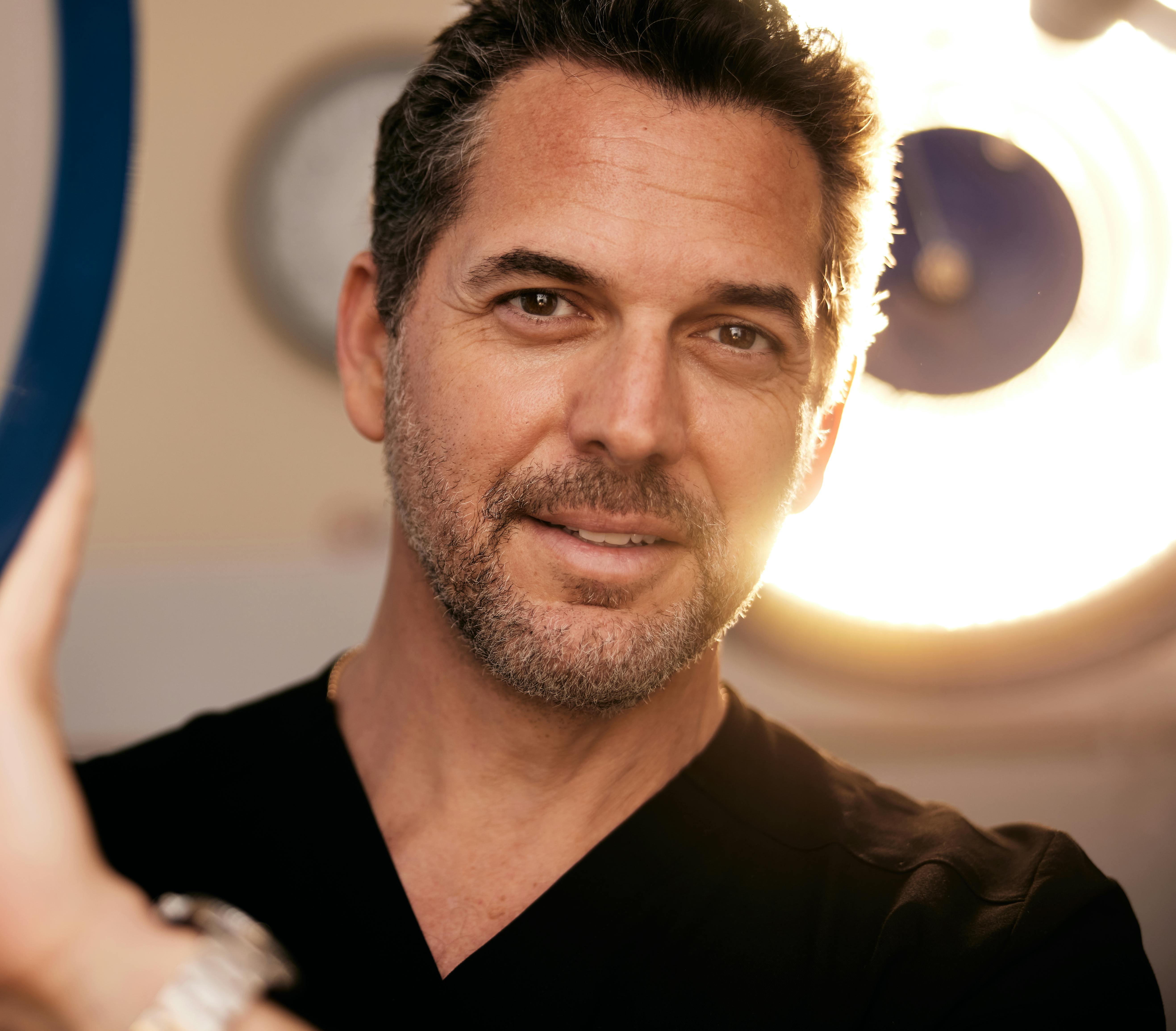Recovering from rhinoplasty is easier than most patients anticipate. The nose heals in stages and recovery will be different depending on how much work was performed. Some of the things that will impact a patient’s personal experience with healing are:
- Surgery method used: open or closed rhinoplasty
- Was it necessary to fracture bones (osteotomies)
- Was any work done on the tip of the nose
- Was there functional repair done to improve breathing
- Was the dorsal hump reduced
Gallery
View GalleryMost Common Concerns
When deciding to have rhinoplasty surgery, patients must arrange their schedules and prepare for a certain amount of recovery time. Naturally, they need to know what to expect. Following is a general guide to the most common concerns raised by patients. This is not a comprehensive account but is meant to serve as an initial planning guide.

Pain
No matter what is done during your nose surgery, there will be mild to moderate pain for the first 48 hours, which is well managed by prescription medication. Following this, usually an over the counter medication such as Tylenol® is sufficient to keep patients comfortable.
A note about medication: Prior to your procedure you will be given a list of medications, herbal remedies and vitamins to completely avoid for a period before and after surgery. These are substances that thin the blood. If these medications are in the system, bruising and swelling will be markedly increased and this will extend the the length of the recovery process. Be sure to check with Dr. Brenner if you have any question about this requirement.
Congestion
You will experience some congestion following rhinoplasty because of swelling in the nasal passages. These passages may be partially or fully blocked due to dried blood and possibly the placement of temporary plastic splints. You can ask Dr. Brenner about taking a non-prescription decongestant available at any pharmacy. Congestion usually starts to subside after two or three days and should be substantially resolved within the first two weeks.
Swelling & Bruising
There will be swelling and bruising in ratio to the amount of work you had done. Most patients will have visible bruising for a week to ten days, particularly if bone work was done. Makeup can be used to cover bruising, which usually occurs under the eyes.
For the first five to seven days, the swelling and bruising will be very noticeable. Patients can minimize swelling by applying cold packs for ten minutes, every hour, several times a day for the first three days.
Also, by following Dr. Brenner’s instructions concerning blood-thinning medication, the body will more readily heal with less swelling and bruising. Rhinoplasty recovery has a lot to do with patient compliance.
Additionally, avoid anything that will increase blood pressure such as lifting heavy objects, exercising, running upstairs etc. Increasing blood pressure can increase swelling and bleeding.
While sleeping or reclining, keep your head higher than your heart. Sleep with pillows supporting your shoulders and head but not so your head tilts forward.
General Recovery Time
Your recovery will be unique to you. Most patients want to know when they will be able to resume their normal activities and when they will be fully healed. Here is a general timeline, which you should consider to be a rough guide to your own experience. You can always contact our office if you have any concerns about your progress.
The first 24 to 48 hours are usually the most challenging in terms of discomfort, nasal congestion, and sleep. After this, patients usually feel markedly better, can replace their prescribed pain medication with over-the-counter tablets and will find congestion has decreased. You will have a gauze pad secured under your nose to collect blood and fluid. This can be changed as needed and by the end of the first 48 hours, you should not need it.
After 5 to 7 days, your cast (not everyone will have one) and stitches will be removed. If you have intranasal splints, these will be removed at that time as well. Swelling and bruising will start to resolve but will still be quite noticeable.
Between 10 days to 2 weeks, most patients are able to go out in public without obvious signs of surgery. The swelling will still be visible but will be significantly reduced.
Casual friends and colleagues will be unaware of your rhinoplasty but you will notice you still have swelling. You can return to work by this point.
The next milestone is between 4 to 6 weeks. About 85% of the swelling will be completely gone and you will have a very good idea of what the final result will be. At approximately the 6 week mark you should see details of your new nose and be fully ready for any black-tie event.
At the end of this period, you can return to almost all activities with the exception of contact sports. You will need to avoid any situation where you could be bumped in the face as in sporting events, or anywhere where there are heavy crowds. The nose structure will be healing for over a year. Any trauma to the area will interfere with your results and could create the need for revision rhinoplasty.
Between 9 and 12 months, you should be able to see the final results. The swelling will increase and decrease throughout the entire healing period as the revised structure is settling. You will be the only one noticing these changes, so be patient and you will gradually see your results emerge as time goes on.
Numbness
If you have had work on the tip of your nose, you may experience numbness in this area as well as the upper lip. This will resolve over the first 6 months with sensation returning gradually over this period. During the first 6 weeks, smiling and talking may feel different as healing progresses.
A Note on Skin Protection
Be sure to protect the skin on your nose and face with a good quality sunscreen and to be aware of heat and cold. You may not have much sensation in this area and the skin can become splotchy in color if exposed to the sun without sunscreen. Be careful to cover your nose if you live in, or visit a cold climate in winter.
Summary
Recovering from rhinoplasty is not as difficult as it looks. Patients with swelling and bruising may appear to be in great discomfort to their intimate friends and family. The reality is that many patients do not require prescription pain medication but do very well taking Tylenol or some other nonprescription analgesic. The key to a successful rhinoplasty procedure is to have patience and to follow the instructions given to you by Dr. Brenner.
Dr. Brenner is a world-class rhinoplasty surgeon who has performed thousands of facial procedures on patients with varying degrees of complexity. Full recovery takes up to a year, but the result in self-esteem and confidence lasts a lifetime.
Learn More About Dr. Brenner
- Renowned Beverly Hills Plastic Surgeon
- Board-certified plastic and reconstructive surgeon
- Board-certified general surgeon


